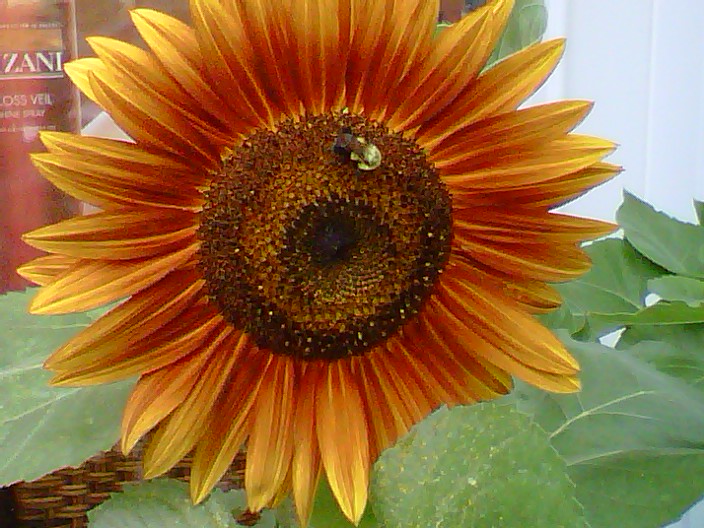Let's be clear: Breakage has to do with losing the midshaft of hair strands leaving just short curled new growth. Shedding comes from the follicle, and you may not even get any breakage. One would just visually see a difference in the density of their hair making it look thinner, but it can still have long strands.
I wanted to clarify this definition of breaking versus shedding before I discuss "Habitual problem areas." Some of us have areas of our hair that decade after decade, we get the same "line of breakage." It could be seasonal. It could be stress, but I often associate stress with shedding versus breakage.
So for me, my problem area is a vertical line on the right side of the back of my head. It does NOT shed, but decades after decades, I have grown that back hair out countless times, and one day, countless times, it just break off in a straight line about two inches long in a column. Of course, I had relaxed hair when I had this habitual problem so I assumed that with natural hair that this "problem line" would not be a problem any longer. Wrong. Last year and this year about the same timeframe, I feel that I have some breakage where hair has pulled away from the larger locs.
I think that I have narrowed it down to the cold weather and the resistance of the curl pattern in that area. Some people have cowlicks to form in various odd places in the head. However, I do not believe that I have a cowlick, but I do believe that my diameter of my curl pattern in that narrow two inch long area is less than an eighth of an inch. As I stated in a previous article on this blog, locs should be formed in the size of the diameter of the curl pattern for that area unless you make the loc smaller than the diameter of the curl pattern. Smaller is fine, but larger locs force the smaller diameter curl patterns to pull away from the loc.
So can you see the small dots of curls winded up at my scalp? That is my teeny weeny curl pattern in that problem area. Not all of my head has this small of a diameter. I really think that only this small column area on my right side is like this. I have never lost a loc in this area because I would always nurse hair back into the thinner locs and make them full again. However, now that I am really seeing what is going on, I think that I am NOT going to continue trying to nurse this area back into fuller locs because it will probably pull away again. Also, my scalp is more tender in this area. So my goals is to try to let this small area do what it wants to do by free forming. The curl diameter by my own self evaluation is too small to be manipulated by any tool. I do not have any other area of my head like this one. So the real message to anyone going natural, if you have habitual problem areas that stand out to you during your relaxed hair journey, then those same areas may still raise concern without being chemically processed.
Since the rest of my locs are fine, I may try to oil that area more to assist in the freeform. I have not lost any actual locs in that area, but I have washed my locs more often as well as skipped hydration sprays because I wanted to hold my style longer. Actually, I have been in cloud nine over my waves and volume in my loc styling, but it comes with a price. As spring and summer is around the corner, I have some ideas about wash and go styling that will showcase my length, but I will have to let it air dry. So warmer weather is safer to allow hair to airdry without getting sick.
Anyway, initially, I felt like my "problem area" was a minor set back, but now, after really dealing with the reality that I do not have the same curl pattern all over my head, I am okay with it. It really works to my advantage because my right side has the micro-Sisterlocks sizing in the front anyway, and they easily tuck behind my ear, and I do not have extra bulk in the back behind my ear because that little problem area. So although, we all want perfection with our hair, we sometimes have to continue thinking outside the box. "Work with the loc" versus "working the loc."
This philosophy works for me and my hair and my loc circumstances. I will of course apply some of these core principles in my loctician practice. My findings are designed to assist in self-assessment of one's own hair. Ultimately, your hair is your hair. Learn it and partner with it. Until next time . . .

No comments:
Post a Comment